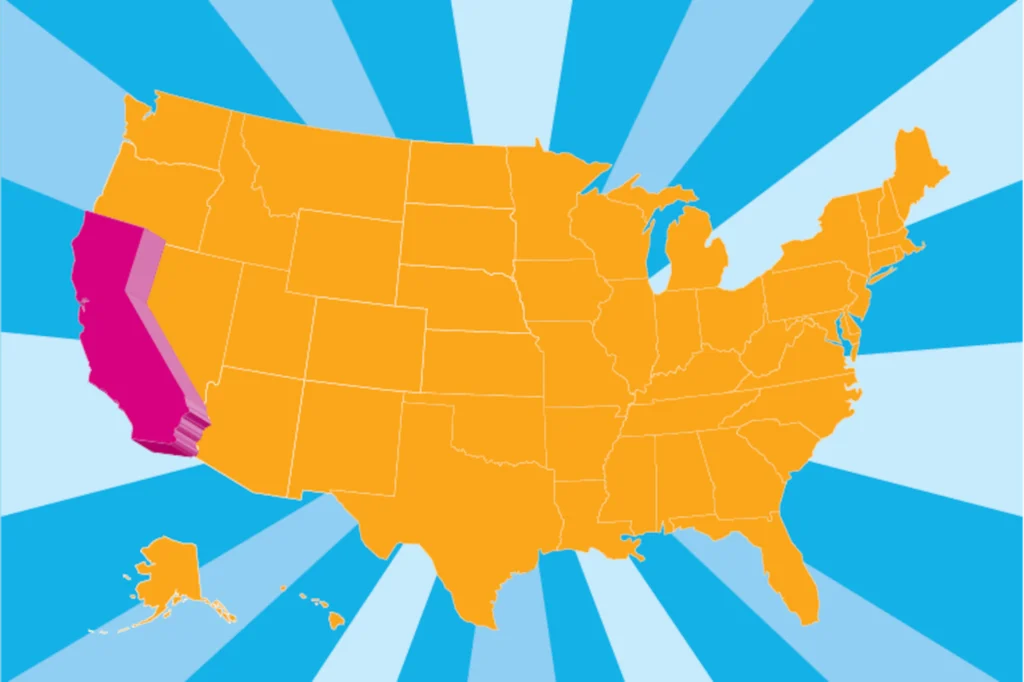The Evolution of Swarm Drone Technology
Swarm drones draw inspiration from nature, mimicking the coordinated flight of bird flocks or insect swarms. Unlike single drones, these fleets communicate via mesh networks, sharing data instantaneously to cover vast areas efficiently.
IoT integration elevates this concept. Each drone is equipped with sensors, cameras, and communication modules that connect to city-wide networks. Powered by 5G and edge computing, they process data on the fly, reducing latency to milliseconds.
- Decentralized decision-making: No single point of failure; drones self-organize.
- Scalability: Fleets can expand from dozens to thousands based on need.
- Energy efficiency: Drones recharge at solar-powered docking stations on skyscrapers.
This technology has roots in military applications but is now pivoting to civilian use, with companies like DJI and startups such as Skydio leading the charge in urban adaptations.
Core Functions: Safeguarding Urban Skies
Hazard Detection and Prevention
Swarm drones excel at early warning systems. Equipped with thermal imaging, LiDAR, and multispectral cameras, they scan for anomalies like structural weaknesses, fires, or unauthorized drones.
In real-time, AI algorithms analyze footage against baseline city models. A cracked bridge? Drones flag it instantly, notifying maintenance crews. During events like wildfires encroaching on suburbs, swarms create dynamic fire maps, guiding evacuations.
- Traffic monitoring to prevent pile-ups.
- Crime deterrence through persistent aerial surveillance.
- Disaster response, such as earthquake debris mapping.
Air Quality and Environmental Monitoring
Urban air pollution claims millions of lives yearly. Swarm drones combat this by deploying gas sensors for pollutants like PM2.5, NO2, and CO2. They fly grid patterns, creating 3D pollution heatmaps updated every hour.
Integration with ground IoT stations provides comprehensive data. If smog levels spike near schools, drones trigger traffic rerouting or industrial shutdowns. In coastal cities, they track ocean-to-air contaminants, aiding climate studies.
Benefits extend to public health: Apps deliver personalized air quality alerts, empowering citizens to avoid hazardous zones.
Emergency Supply Delivery
Time is critical in crises. Swarm drones carry medical kits, defibrillators, or water to hard-to-reach areas. Autonomous navigation avoids obstacles, landing precisely via GPS and computer vision.
During floods, fleets drop sandbags; in pandemics, they deliver tests. Parachute payloads ensure safe drops in dense crowds. This cuts response times from 30 minutes to under 5.
Technological Backbone
At the heart lies robust IoT architecture. Drones use MQTT protocols for lightweight data exchange, while blockchain secures communications against hacks.
AI frameworks like TensorFlow Lite enable onboard machine learning for object recognition. 5G provides bandwidth for HD video streams; satellite backups ensure coverage in dead zones.
- Battery tech: Lithium-sulfur cells offer 2-hour flights, with swarm recharging relays.
- Collision avoidance: UWB radar and V2V communication prevent mid-air crashes.
- Data analytics: Cloud platforms like AWS IoT process petabytes for predictive insights.
Privacy safeguards include anonymized video and geofencing to restrict flights over sensitive areas.
Real-World Deployments
Singapore leads with its drone-enabled Smart Nation initiative. Swarms patrol Marina Bay, monitoring monsoons and crowds. In 2023, they detected a chemical spill, averting a major incident.
Dubai’s skies host 5,000 drones by 2025, delivering supplies and inspecting Burj Khalifa. Chula Vista, California, uses them for first response, reducing EMS dispatches by 20%.
Europe’s Drone Traffic Management (UTM) systems integrate swarms seamlessly, with trials in Helsinki showing 99.9% uptime.
Benefits for Citizens and Cities
Swarm patrols yield multifaceted gains:
- Enhanced safety: 40% faster hazard response per studies.
- Cost savings: Drones replace helicopters, slashing budgets by 70%.
- Sustainability: Electric fleets cut emissions versus traditional patrols.
- Data-driven governance: Insights optimize urban planning.
- Equity: Serves underserved areas equally.
Citizens report higher trust in authorities, with apps fostering community engagement.
Challenges and Mitigation Strategies
No technology is flawless. Key hurdles include:
- Regulatory hurdles: FAA and EASA rules evolve; solutions involve certified BVLOS operations.
- Cybersecurity: Quantum-resistant encryption and AI anomaly detection counter threats.
- Battery limits: Hydrogen fuel cells in trials extend range.
- Public acceptance: Transparent policies and demos build trust.
- Weather resilience: IP67-rated drones handle rain and winds up to 40 km/h.
Collaborations between governments, tech firms, and academia accelerate solutions.
The Horizon: Future Prospects
Looking ahead, quantum sensors will boost detection accuracy. Integration with AR glasses lets responders visualize drone feeds. Hypersonic mini-drones could tackle indoor patrols.
By 2030, experts predict 80% of megacities will deploy swarms, creating “aerial nervous systems” for proactive urban management. Global standards from ICAO will harmonize operations.
Conclusion: A Safer Skyline Awaits
IoT swarm drones are redefining smart cities, turning skies into shields of safety. From sniffing out dangers to rushing aid, these autonomous fleets promise resilient urban futures. As adoption grows, the vision of hazard-free, breathable cities edges closer. Policymakers and innovators must collaborate to unlock this potential, ensuring technology serves humanity’s best interests.
Word count: 1,156



